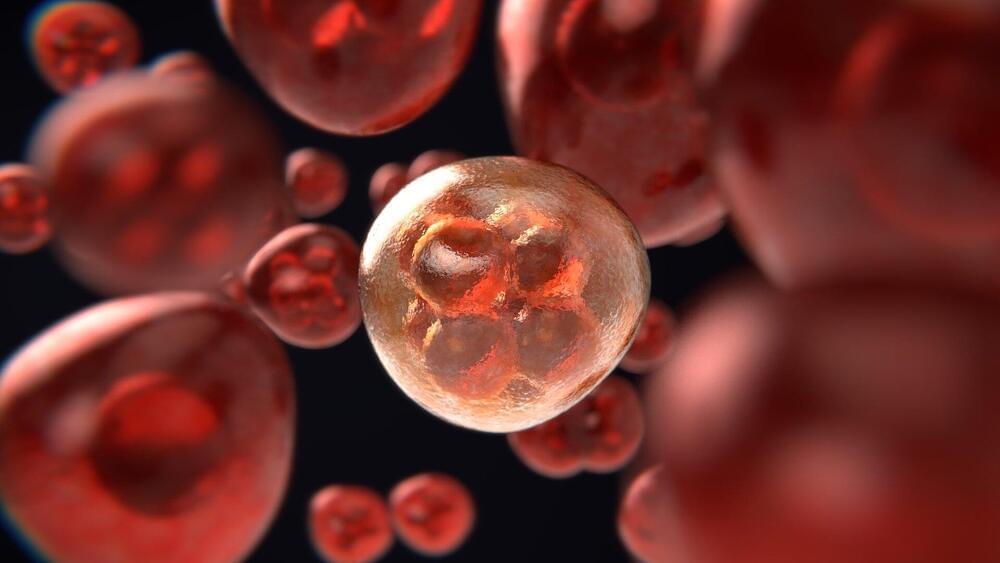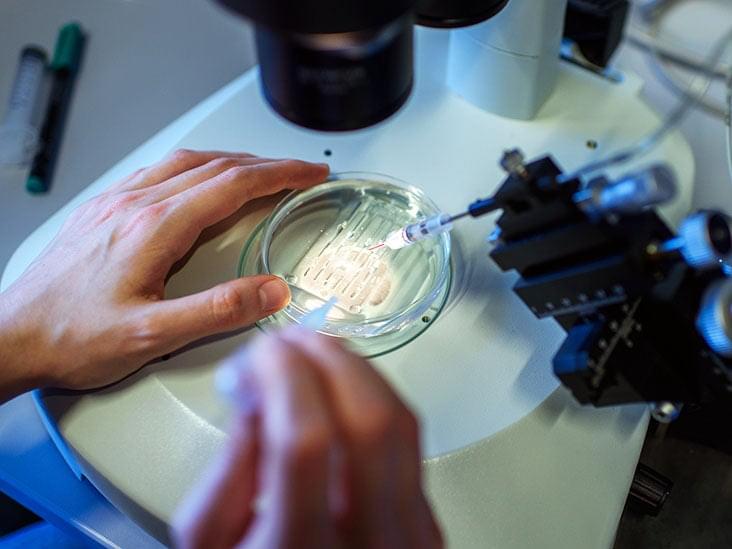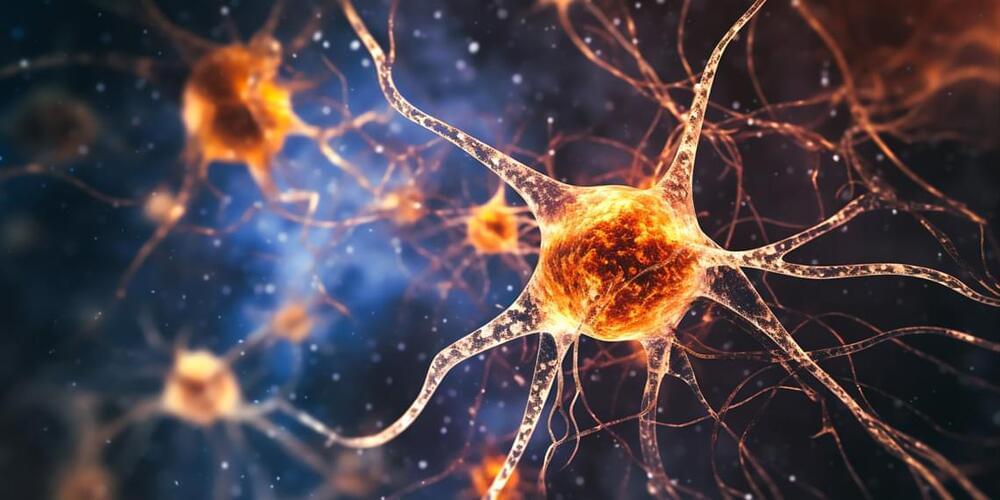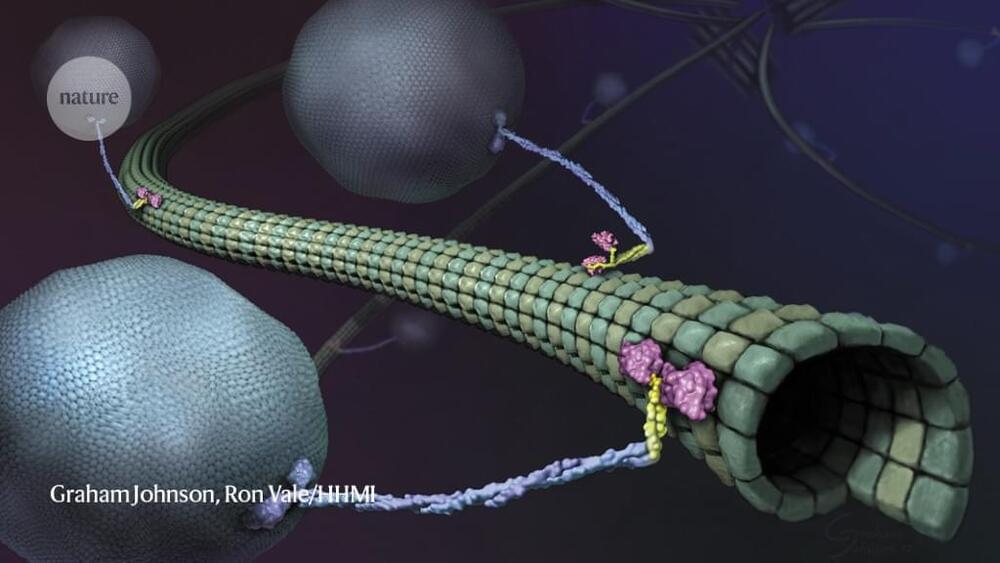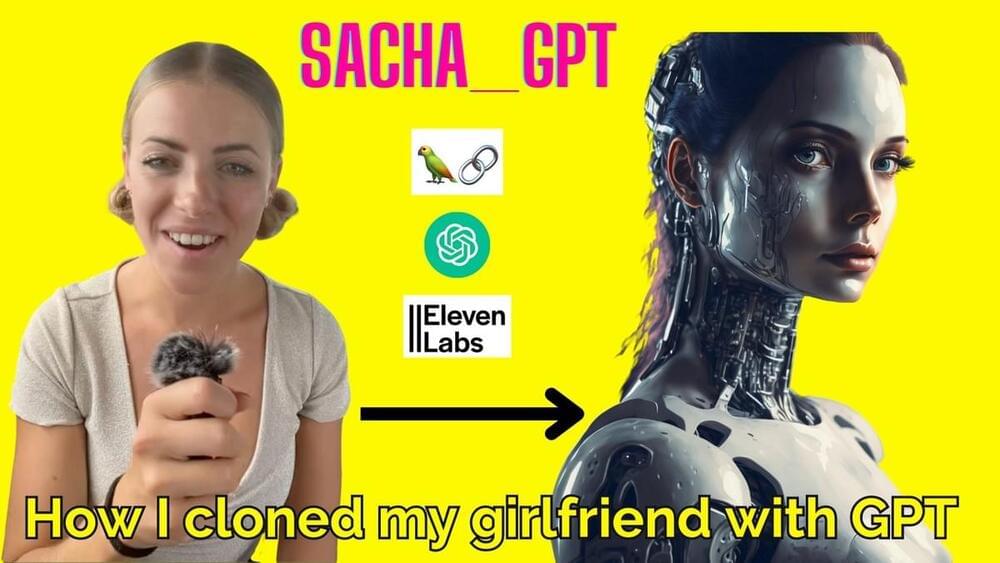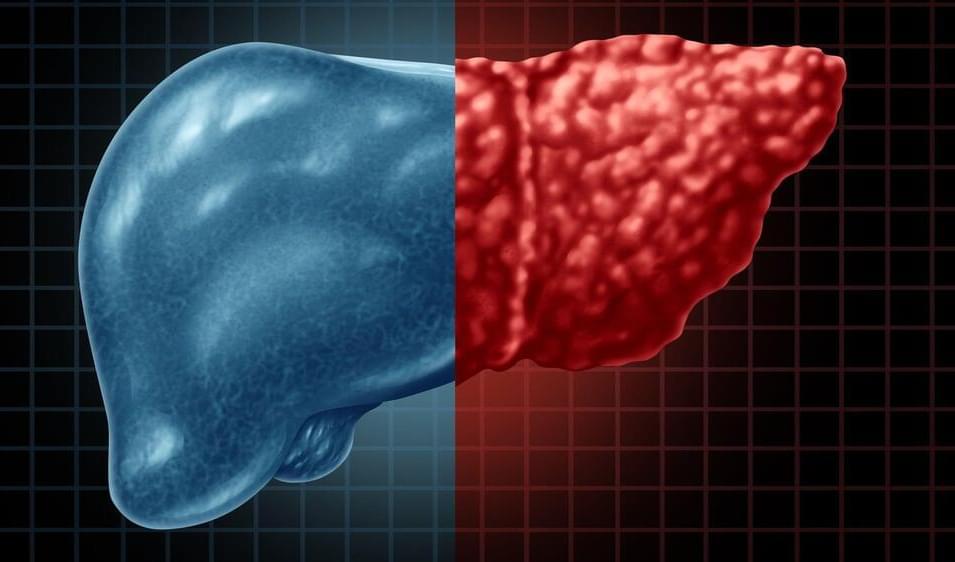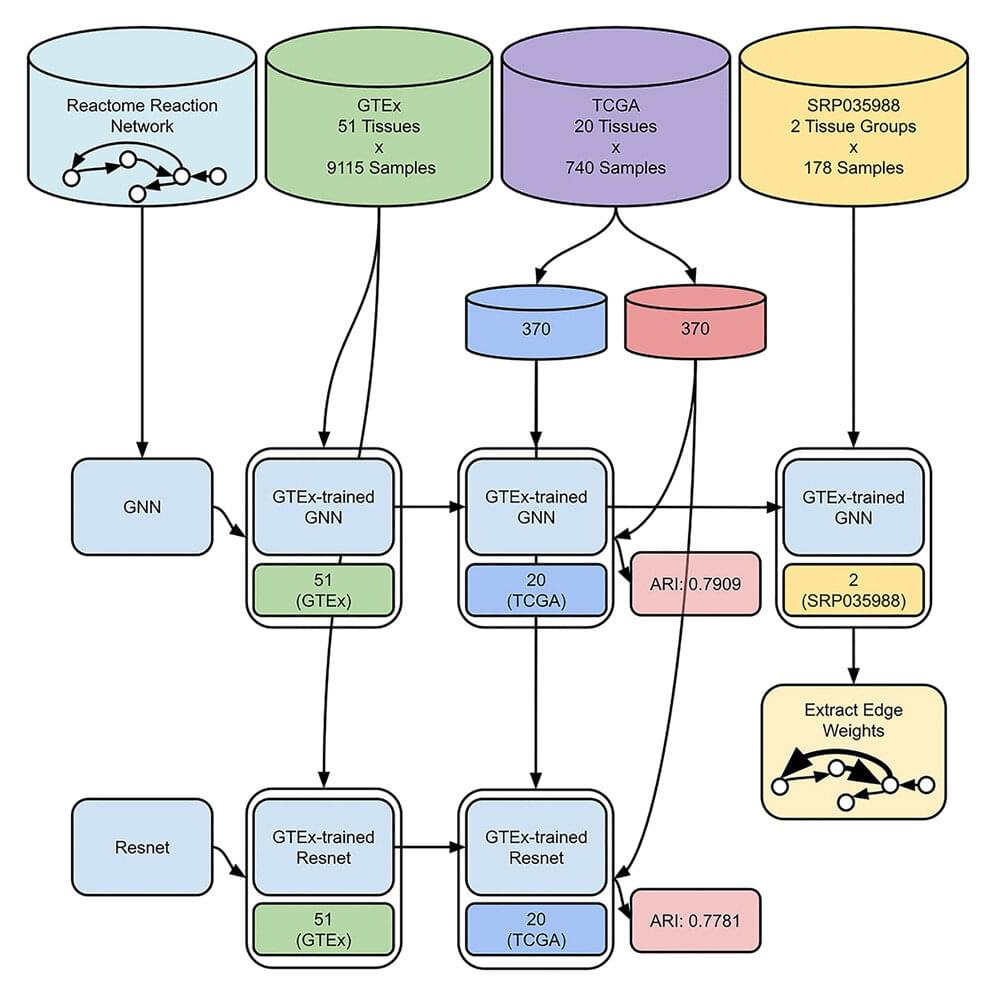Prostate cancer is the most common non-skin cancer in men worldwide. According to international estimates about one in six men will get prostate cancer during their lifetime and worldwide, over 375,000 patients will die from it each year. Tumor resistance to current therapies plays an essential role in this and new approaches are therefore urgently needed.
Now an international research team from the University of Bern, Inselspital Bern and the University of Connecticut has identified a previously unknown weak spot in prostate cancer cells. This weak spot is possibly also present in other cancer cells. The study was led by Mark Rubin from the Department for Biomedical Research (DBMR) and Center for Precision Medicine (BCPM) at the University of Bern and Inselspital Bern, and Rahul Kanadia from the Department of Physiology and Neurobiology and the Institute for Systems Genomics at the University of Connecticut. The research results have been published in the journal Molecular Cell.
“We took a closer look at a certain molecular machine called the spliceosome,” explains Anke Augspach, lead author of the study and researcher from the Department for BioMedical Research (DBMR). “It plays an important role in the translation of genes into proteins. In this process, the spliceosome separates parts of the gene that are not needed for the production of the protein and fuses the other parts.”
